To me, most games are defined by the limits they place on their players, the confines they provide their players to work within. In Chess, the player has 16 pieces to their name: 8 Pawns, 2 Rooks, 2 Knights, 2 Bishops, and the King and Queen. The number of pieces is directly related to the dimensions of the play space, the game board. It’s a tightly defined relationship that would literally not work with twice as many pieces, and would greatly impact the performance of pieces like the Knights, King, Pawns, and possibly Bishops should the number of spaces on the board be altered.
I’m eventually going to work my way around to talking specifically about population or army limits in RTS games, but I kind of have to work my way around to it. I’m trying to lay a foundation here. This is just how my brain processes the topic. So: chess. Then, limits more generally, and hopefully I’ll be able to wrap this up with some talk about population or army cap in a bit.
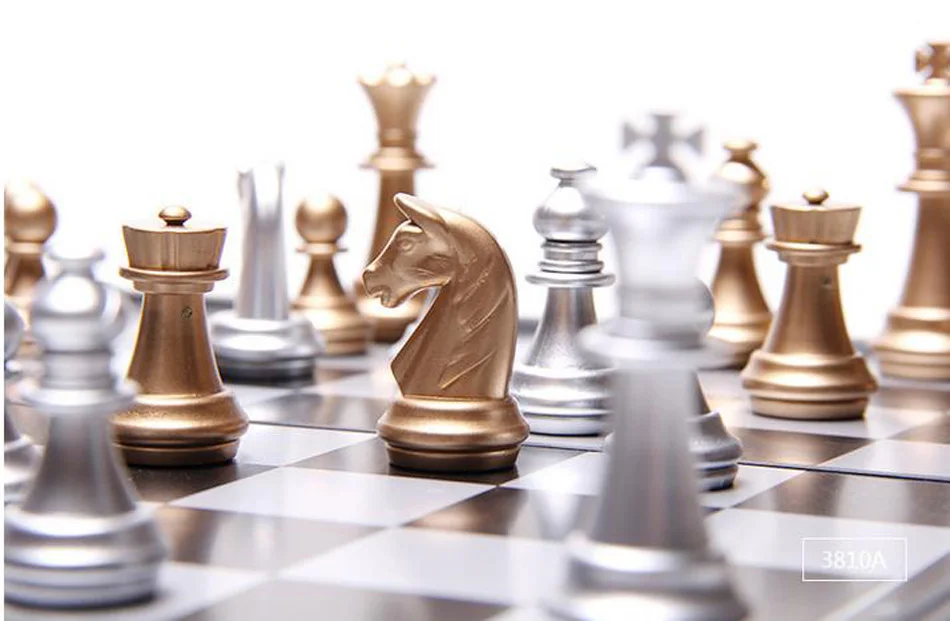
Chess as a Starting Place
Chess is only one example, but to me it’s directly illustrative of the idea of a game taking care to ensure a carefully crafted experience for the player. That is, a game that’s smart about its boundaries. Everything about the game is subject to strict limits and controls: how many pieces the player can move each turn, the distance each piece can move, the rules about capturing pieces, et cetera. And yet, Chess is a game of remarkable depth and complexity for all the simplicity and limitations of its rules, pieces, and board.
It’s a hard mark to hit, but for all that it’s the one I feel is best for which to aim.
Of course, all RTS have tons of limitations as well. Income (which is almost always severely restricted in the early stages of gameplay) forces players to choose what percentage of their resources will go towards expanding their ability to generate more resources (harvesters), what percent will go towards expanding their ability to spend resources efficiently (production) and what percent will go towards defenses or military. From this we see the concept of players ‘turtling’ or ‘eco booming’ or rushing: every strategy in an RTS comes directly from the limits imposed upon players by any given game’s economy and each individual player’s reaction to those limits.
To me, the most interesting stuff happens at the limits. Is there a total amount of resource which can be collected? What happens when that total is reached? Are there a total number of buildings that may be built, of units that may be produced? What tricks can the player use, if any, to toy with those limits?
For example, in StarCraft, Zerg players may ‘cheat’ the population cap by converting Drones into buildings, then training more units, then cancelling the buildings thereby recouping their lost drone. I’m not sure if that ever happens in a game, but that flirtation with the game’s boundary interests me. ‘Token’ units, too, like Infested Terrans, the Scarabs produced by Swarm Hosts, and the like, can also help Zerg flaunt popcap, at least temporarily. But that might be a bit beside the point?

Limitations
Economic limitations tend to loosen as a match goes on as players ramp up their income, only for players to (usually) encounter another limit: the population cap. Many RTS games have a maximum quantity of things that they can use in a game, and that limit is often termed supply cap or population cap. And that’s that I’ve been thinking about lately, of course. Hence this article.
I was a bit surprised when I came across the opinion that population caps are bad for RTS games. It feels kind of foreign to me, in principle. This, by the way, is why I opened up talking about Chess and its tightly designed and strictly limited number of game pieces and play space, why I segued into talking about economic restrictions.
To reiterate: I see games as largely defined by the limits they place on the player, defining clear paths. My general stance is that ‘necessity is the mother of invention’: the goal of the game maker should be to provide players with a toolkit, well-defined and pre-defined in a way that allows for unexpected combinations and use cases, to direct player creativity towards the fun and depth of the gameplay systems.

Whether this is a ‘deck’ of cards or units as you’d build in Steel Division or Warhammer 40K or Magic the Gathering, or this is a faction’s unit list and hero choices and the possibility space made available by on-map shops in WarCraft 3, or indeed the carefully crafted environment of (again) Chess, I really strongly believe that these crafted experiences provide the most room for players to succeed and discover/uncover/create interesting interactions.
Unbounded Experiences
My perception of games with ‘unbounded’ or freeform systems, such as games with create-your-own-unit systems or limitless population, is that the possibility space in these games tends to end up being a lot smaller than in ‘deckbuilding’ games or games with pre-defined options for players.
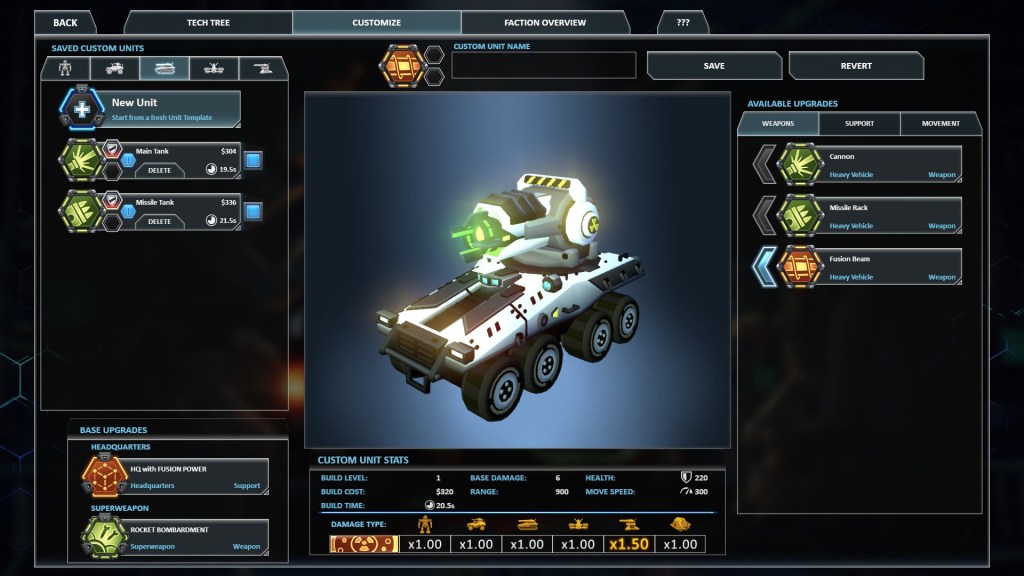
These unbounded games, which promise to deliver umpteen thousands of options for players, tend to devolve down anyway into a small handful of popular archetypes for gameplay. This happens all the time in ‘classless’ MMORPG games and in design-your-own unit RTS all the time. This isn’t to say that these types of systems can’t necessarily work. I am skeptical of them, but I’m sure that such systems have cases where they would create excellent gameplay experiences. As a kid, I loved Earth 2150, a game that allowed players to design their own units. As an adult, I much prefer games which provide a robust curated experience with limits to guide players’ actions and creativity.
With curated experiences, even ones which give players a lot of control over the disposition of their forces, as in tabletop Warhammer or WarCraft 3, the game’s designers can spend copious time crafting a variety of tools (units, gear, spells, et cetera) that can act in a variety of surprising ways. We’ve seen the success of these curated game experiences in a variety of places, among them WarCraft 3.
As with all things, I think there’s a balance. Warhammer 40K’s system is one I really appreciate, with base units like Space Marines and Ork Nobs that can be modified with grenades, weapon upgrades, and various other weapons for a price. Many RTS, like most of Relic’s titles, have variations on this system in their games, allowing the player to tweak units once produced to expand their role or allow them to further specialize into it. To me, these are much better experiences in that they expand the player’s options rather than (as seems to me, anecdotally, to happen in more freeform unit-creation systems) contracting them.
Population limits and army caps
Another issue is unbounded limits on number of game entities. There are some games which make this work, such as Command and Conquer, but to me it’s always a knife’s edge of appropriate. Many units in RTS games are balanced specifically, at least in part, around their cost and their population.
For instance, while in Command and Conquer games, players are often able to build a many of whatever unit they produce a they’d like, Grey Goo (which shares much of its DNA with C&C games) borrows its population cap from StarCraft. There’s a reason for this.
Despite not having ‘farm’ buildings, there are 3 factors that correlate highly with popcap/max supply in Grey Goo: turrets, super units, and the Goo faction’s key units, Mother Goos and Proteans. The human faction in Grey Goo can build turrets and conduits to expand their base and defend it, and on some maps this allowed them to wall up almost endlessly, producing a nut that was almost impossible to crack open. Tying turret numbers to population cap allowed for a quick fix that bounded human defenses as offset against their ability to field an army.
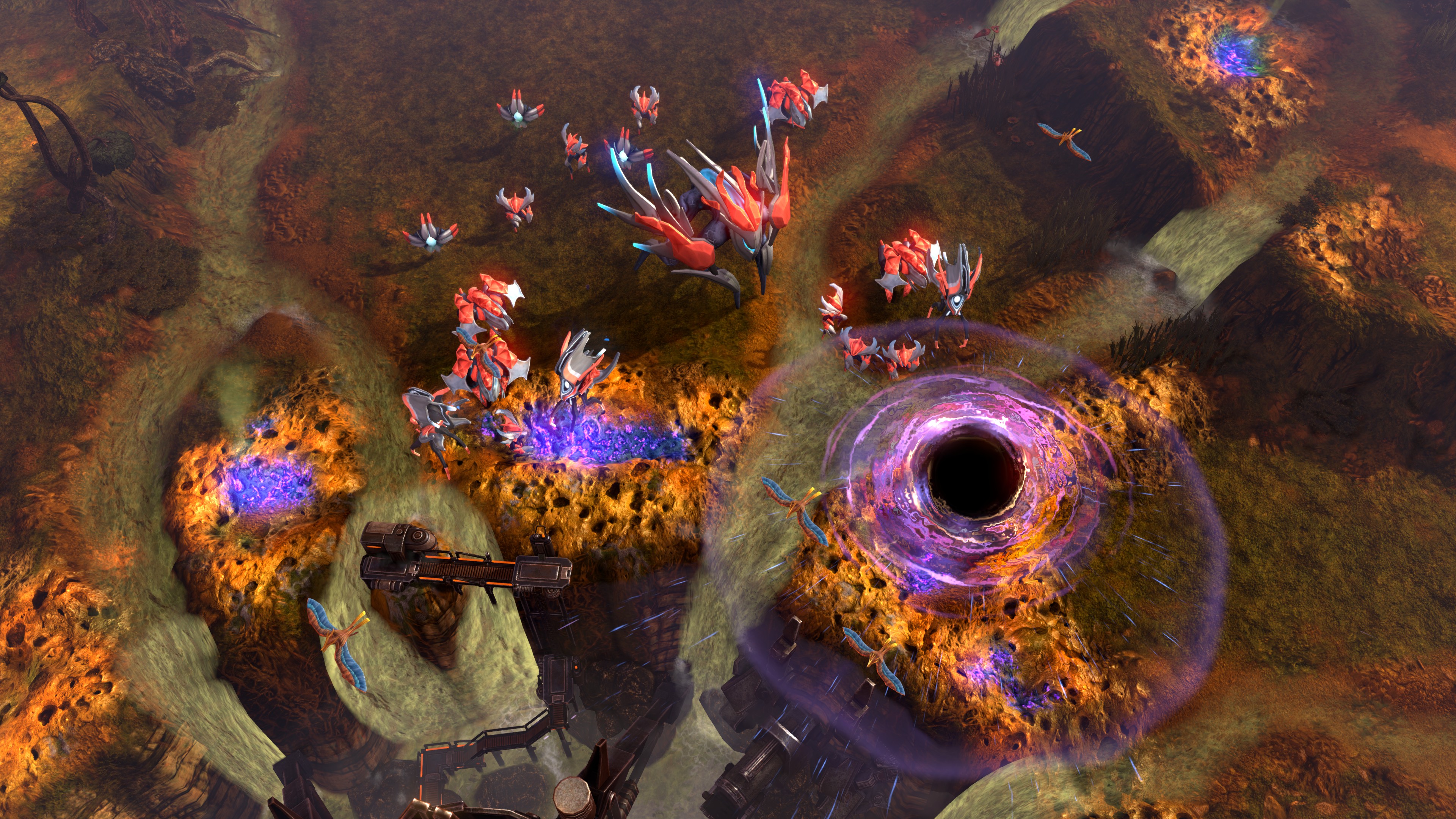
Additionally. both each faction’s epic unit as well as the Mother Goos from the Goo faction are balanced around there being population caps in the game. Super units can take up to approximately 35% of the population cap of a player’s army. It’s possible they could be balanced without this, but it just kind of feels right. That way, at max army sizes, players can expect some kind of parity or rough equivalence, even with a super unit in play (this might be a case for a super unit over a super weapon, by the way. But we’ll talk about that some other time maybe?)
And the Mother Goo are also limited to 12 total. And it is the Mama Goo herself, I believe, that was the cause for the entire requirement of population cap in the game in the first place. Without that limit, the economic expansion of the Goo in the late game could grow unchecked, in line with their military might, since Proteans and the Mother Goos are combat units in their own right. I’d be willing to bet that was at least part of the picture when it came to deciding that there had to be popcap in Grey Goo…
But what’s the other problem with unbounded army caps? How do those reduce the possibility space? I’m glad you asked. My read of that situation is that, in most RTS games, players need to have at least rough parity in their force size and tech level in order to have a chance of winning. There are many RTS that feel like a race to produce army, and if you fall behind, you stand a good chance of losing the game. C&C Remastered is a great example of this, where it’s possible for player A to train a giant army of tanks (or Bikes and Buggies if the player is Nod) before the other player can scout them, and steamroll Player B with sheer numbers in the first handful of minutes of the match, game over that’s all she wrote.
Now, the above can happen in ‘bounded’ and in ‘unbounded’ games in terms of population cap. But the rate limiters of popcap structures can help with minimizing this (and it’s one reason I tend to advocate games with more measured rates of growth in general, to help insure that it’s not too easy for one player to fall catastrophically behind by accident). But, extrapolating out down the length of the match, this scenario can get increasingly bad as gameplay length increases, if population is unbounded. Hence, along the course of a match, the possibility space tends to devolve down to army size as the primary deciding factor. If that’s the goal for a game, I suppose that is fine, but to me, it feels like it is often more interesting to have players find, all else being equal, more interesting actions to take against their opponents, and reactions to actions their opponent has taken against them.
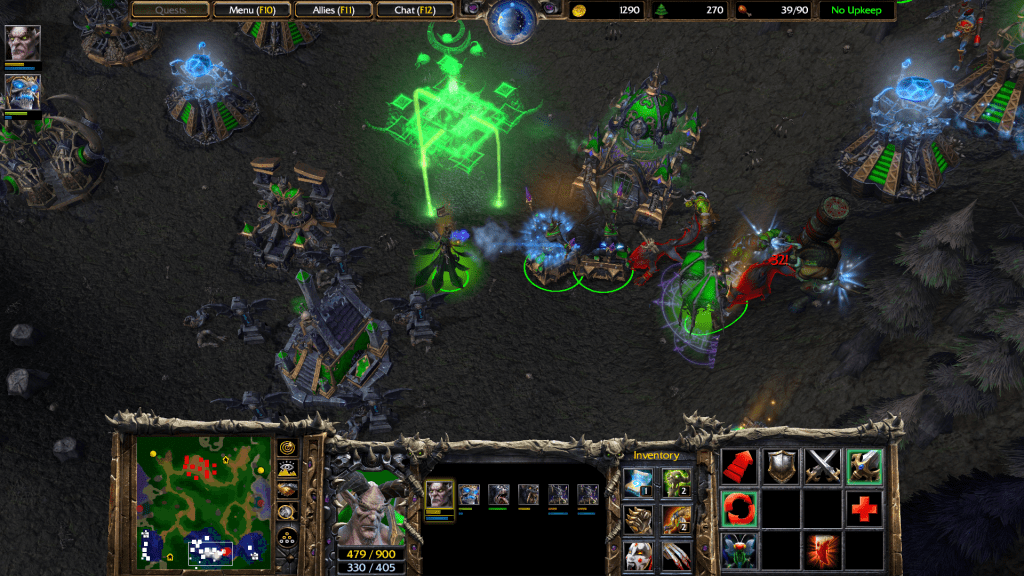
Deciding on boundaries
I have another example actually. One that might be more fitting to the genre at large than Chess. Limits, especially the limit of population cap, are vitally important to the experience that WarCraft 3 is designed to deliver.
I’ve spent a lot of time chasing down a rabbit trail in the previous section, talking in kind of vague terms about the ideas of ‘unbounded’ experiences versus curated experiences. I will admit this is largely a personal preference and not strictly anything around which I’m trying to define a formal philosophy of RTS design.
And, as a for instance, I am a big fan of the Command and Conquer series of games which has no hard unit limit. I’d say I like these games for reasons other than their unbounded army size: in fact, here too it’s the limits that most interest me. Power, and the prohibitive cost of expanding your economy, has a huge impact on matches in Command and Conquer games, tending to keep player unit numbers relatively low even if they’re theoretically infinite.
Also, due to the cost of buildings and the limited benefits of building multiples, base sizes tend to be relatively constrained in their overall number of structures: you’re basically building as little as you can get away with… or rather, as much as you can get away with, which isn’t too much given how you have to focus on pumping out units to keep up with your opponent.
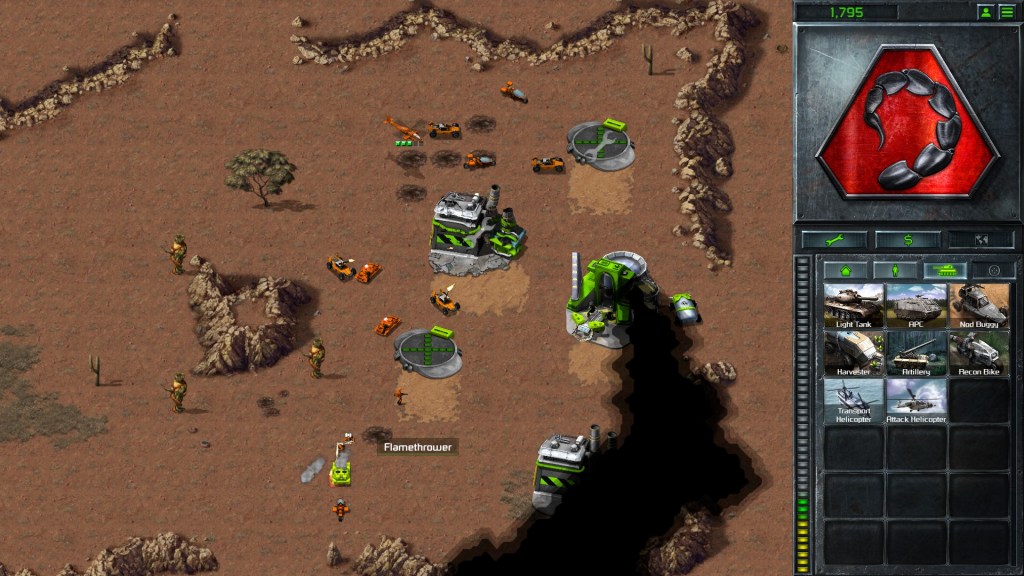
In games which have population caps, typically there are structures or units the player must produce in order to increase the number of units they can field. Farms for Humans in WarCraft, Supply Depots for Terrans in StarCraft, Houses in Age of Empires games, etc. Houses tend to be a good way to pace army expansion, to set a bit of a handbrake on the speed and cost efficiency of producing a large army. WarCraft 3 and Company of Heroes have their own handbrakes as well: With WarCraft 3, Upkeep reduces Gold income per worker at 2 different supply cutoffs, and with Company of Heroes, Manpower income is reduced as population increases.
Even population-unbounded RTS Ashes of the Singularity has a pacing system like this in its Quanta resource. The player must spend Quanta to do things like upgrade unit armor and damage, to increase population cap, and to activate support/global weapons. It’s a really flexible system made interesting, again, by the limited income of Quanta relative to what players want to spend that resource on.
So what’s the point?
Now, on the other side, there’s clearly a maximum amount of restrictions past which things aren’t fun anymore either. The gameplay systems, such as they are, of Rock, Paper, Scissors are rapidly exhausted of their interest, just as a really baseline example. The card game of War, and tic-tac-toe, are restricted to the point where there’s no real depth to these games. Clearly, there’s such a thing as too many limits. And it’s the vast gray area between that, and “unbounded” (which by the way games tend to not reach in the first place) where we have room for debate and design and a vast variety of games that people of all tastes can enjoy.
What do you think? Do you have your own thoughts on boundaries, or the lack thereof, in RTS games? I’d love to hear your thoughts on the topic.
Thanks for reading.
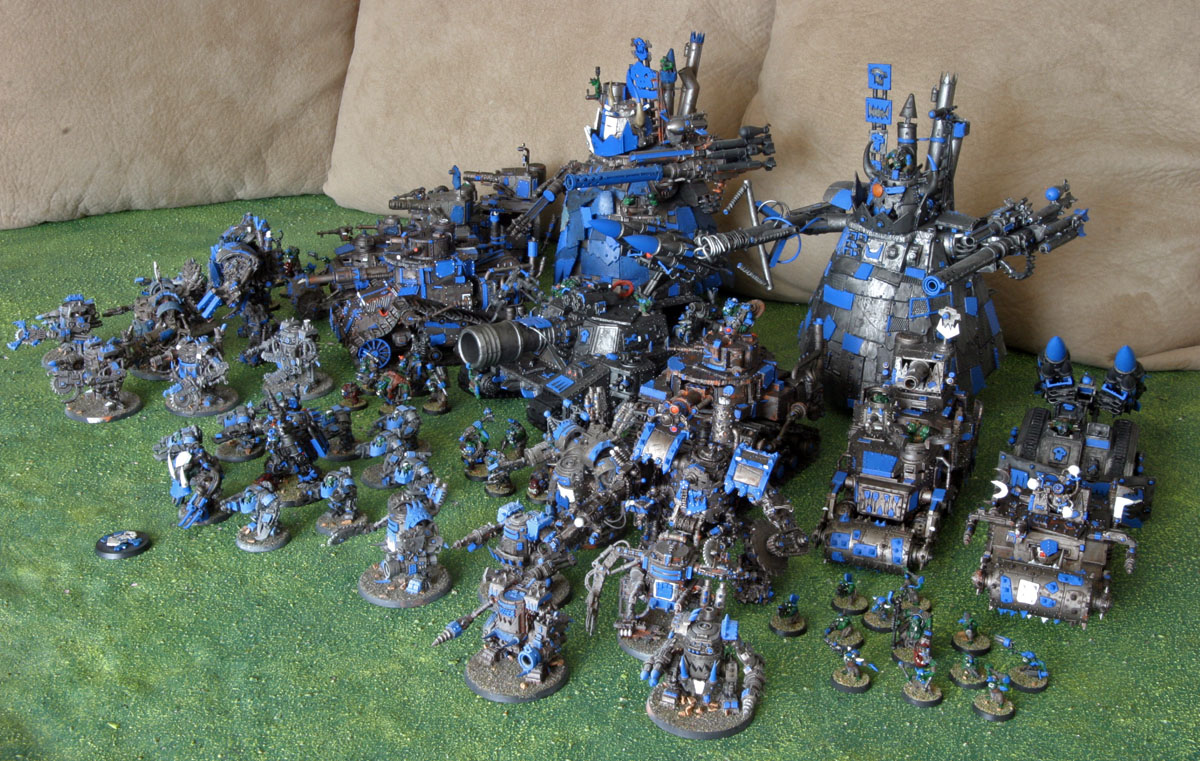


No mention of preventing snowballing or forcing players to act?
LikeLike
I think the trouble with pop caps is that they often feel arbitrary, the softer limitations feel better I think.
Having to sack a load of bowmen in Empire Earth because you’ve reached a different age and can’t upgrade them feels weird.
Empire Earth did have a cool forts system though where units garrisoned in forts didn’t count towards pop cap!
I think the most maligned limitation is unit selection limits, but it became apparent when Starcraft 2 came out unit selection limits are partly responsible for Broodwar’s iconic gameplay.
LikeLike